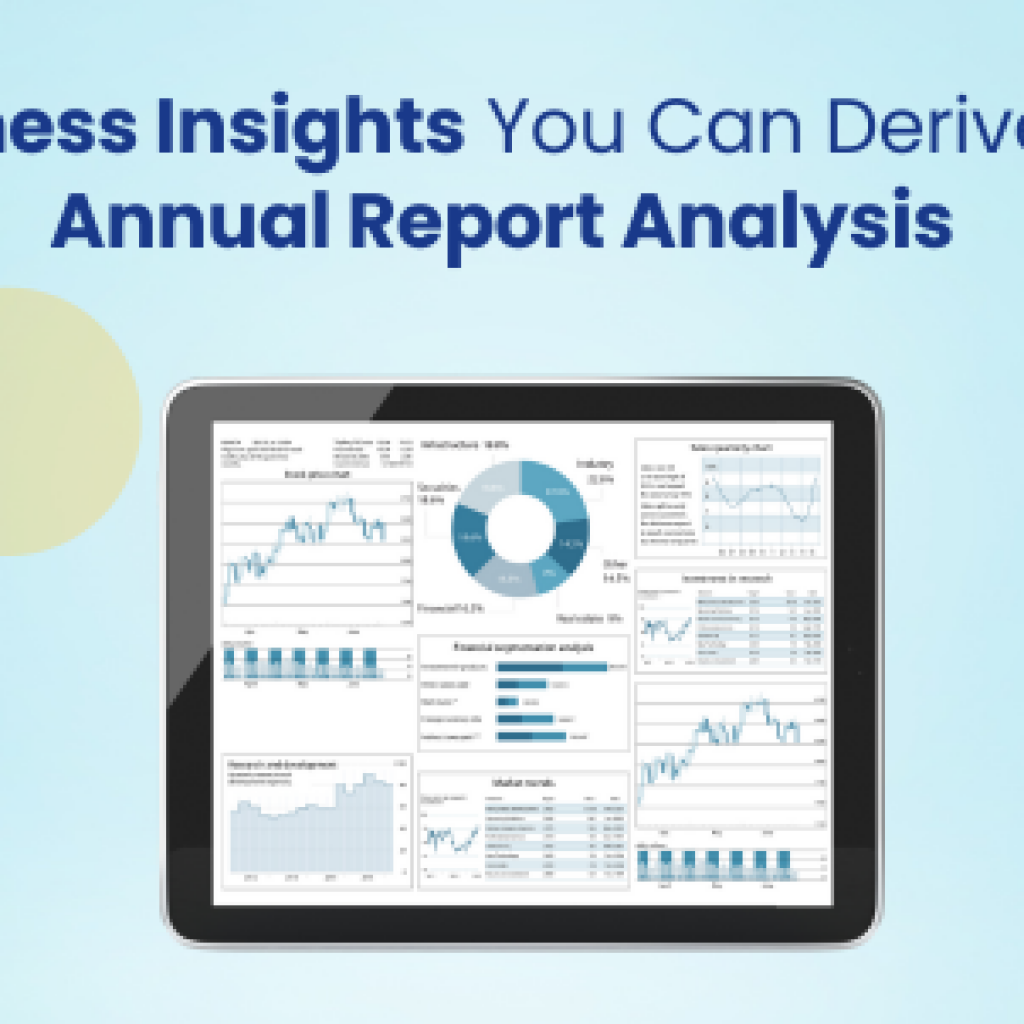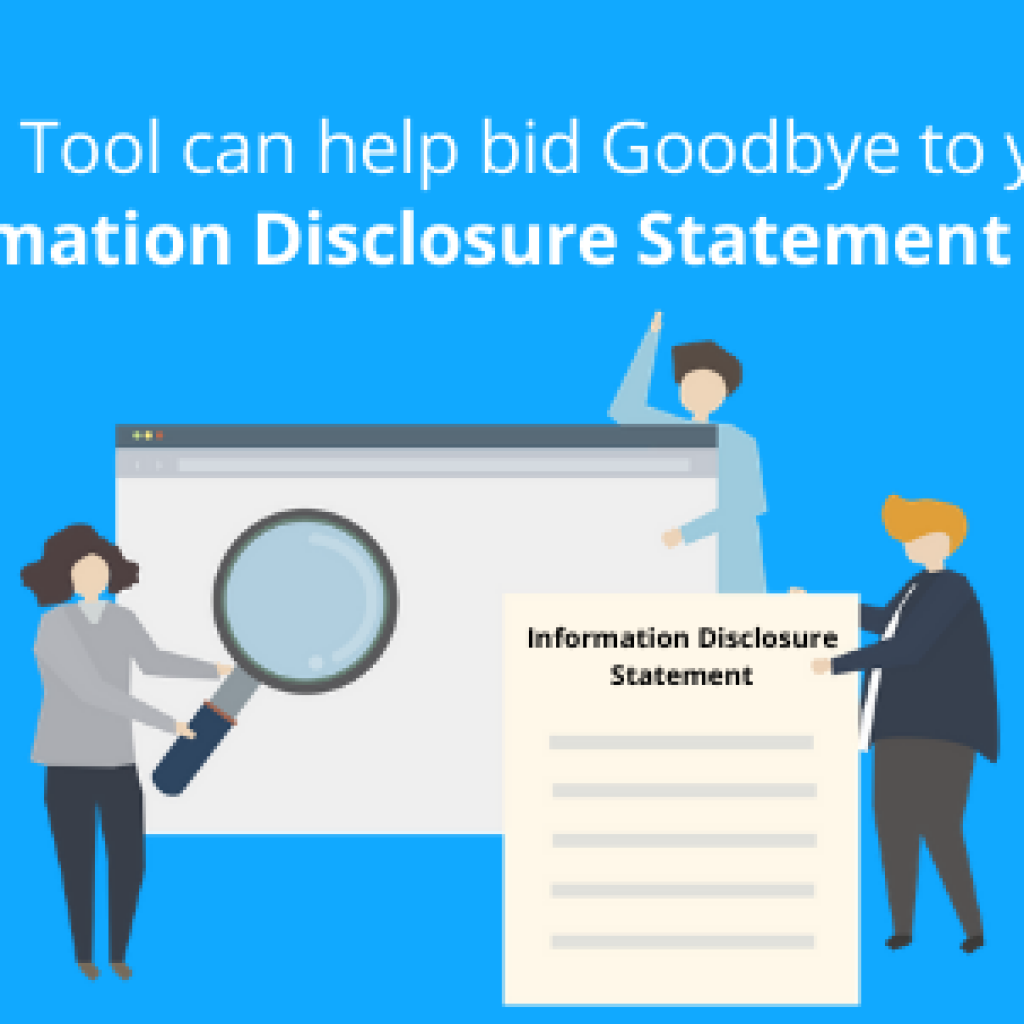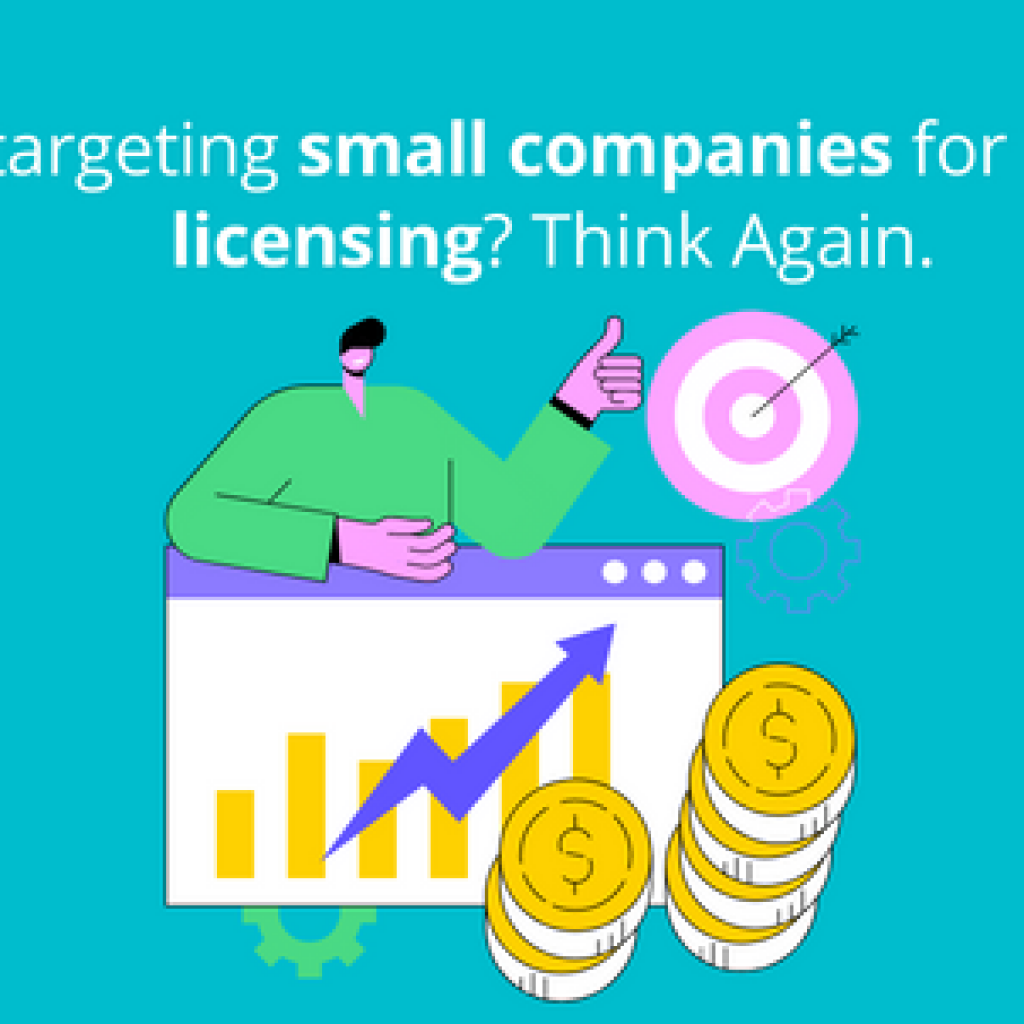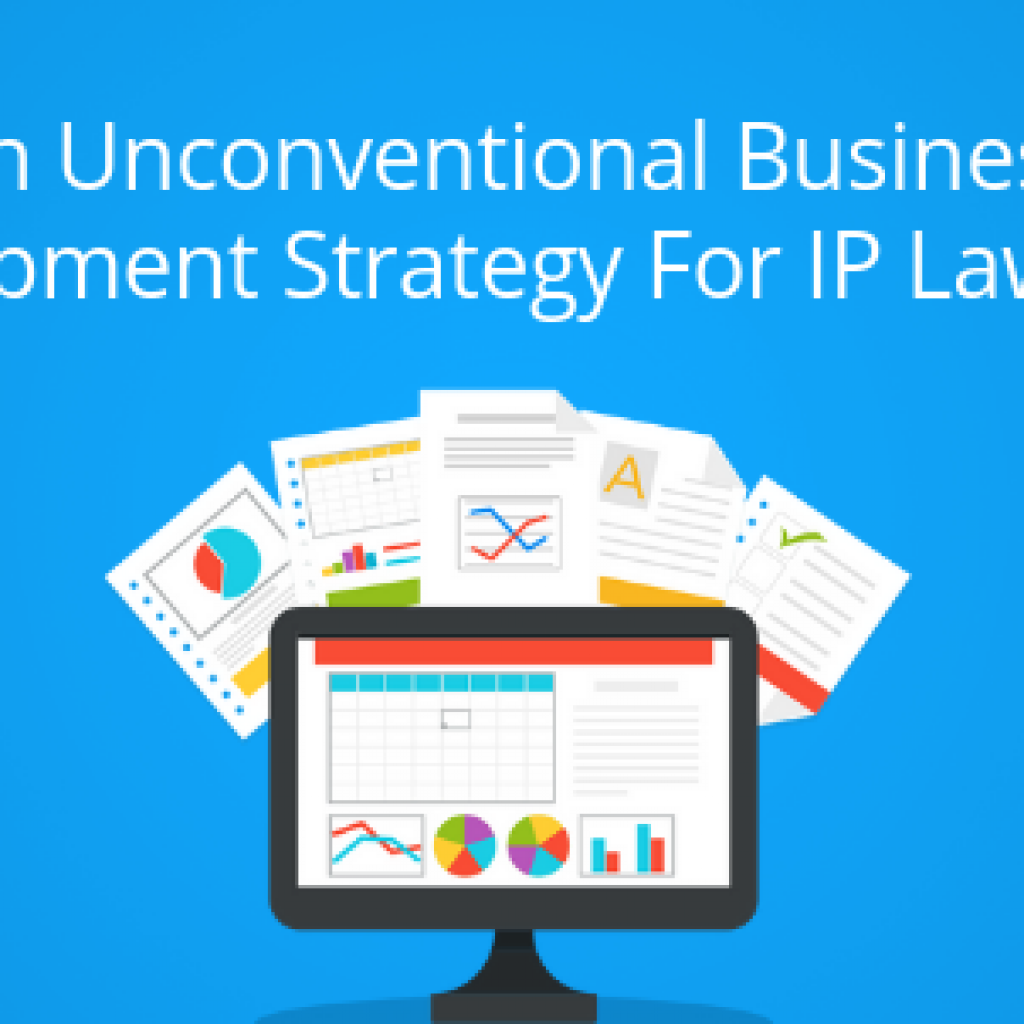One of the major concerns for corporations is how to sell their undervalued patents. Another concern they face is to increase the value of their good patents as thousands of good patents get abandoned every year just because they mistakenly get considered as patents having no value.
We feel this happens because of two reasons:
- The decision is being taken without taking opinion from a patent analyst;
- If a patent analyst is involved, his research is limited to literature that is publicly available on the Internet.
In the first scenario where a patent analyst is not involved, a lot of IP counsels take a decision based on the input from someone in the R&D department. A researcher from the R&D department may have a broad understanding of the company’s products and the products of the competitors, however, he may not be aware of products using the same technology but from a different application area.
The value of a patent can be linked to its importance to a business – it can be the patent owner’s own or someone else’s business. Thus, if the patent is relevant to a business, it has a value. In order to understand the true value of a patent, you don’t require a subject matter expert. However, you need a person who can analyze the complete spectra of technology.
One way to check the importance of a patent to someone else’s business is by figuring out whether it infringes or will infringe on its technology. Most of the patent analysts, in general, commence their patent infringement analysis with an online literature search. This is a crucial aspect of infringement analysis, outcomes of which further depends on the results of search engines like Google and Bing.
The problem with search engines is that though they provide good results, they often lack relevant information w.r.t products. You would find more results related to blog articles, news, research papers, et cetera on the top. Moreover, these research papers are irrelevant to a researcher who specifically wants product literature. This, in turn, becomes a limitation that prevents a researcher from reaching relevant products.
To give you an example, we inserted the keyword “market value price comparison” on the search box of Google and Bing. Below are the screenshots of what we were served with.
Search Results on Google –
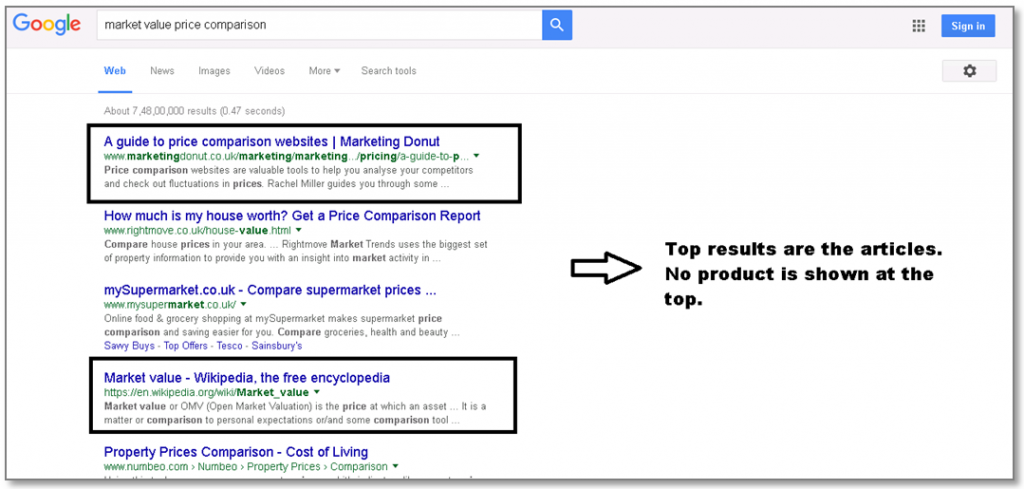
Search Results on Bing –
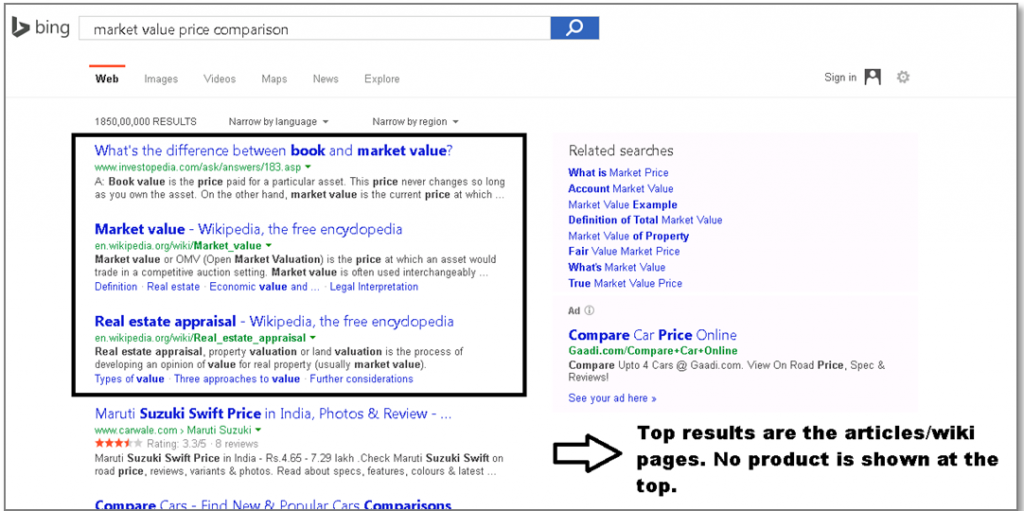
What can be done?
A lot of research in the field of big data, cloud computing, OLEDs, etc. is going on. As a result, a lot of research papers get published. When a researcher searches for a product having the features mentioned in any of the research paper, search engines instead serves them with these research papers as their top search results.
Thus, there is a need for “a dedicated product search engine”. A product search engine that gives you what you were looking for, i.e. products, as its search results.
We thought why don’t we conceptualize one. This is how we built an architecture for GreyFox – an exclusive search engine for products. GreyFox is engineered to have an extensive product database that provides not just products, but also how products are using a particular technology.
How GreyFox Provides Relevant Results?
Once you enter a key-string in the GreyFox, it automatically provides related product information from different companies. Further, it allows you to select a particular company from the list, and also the type of product literature you are looking for.
For example, if you are targeting only a large size company, such as IBM, you can select the corresponding options and GreyFox will serve you with relevant products of IBM.
Let’s see what happens when you search for the same search string ‘market value price comparison’ in GreyFox:
GreyFox Product Search Engine –
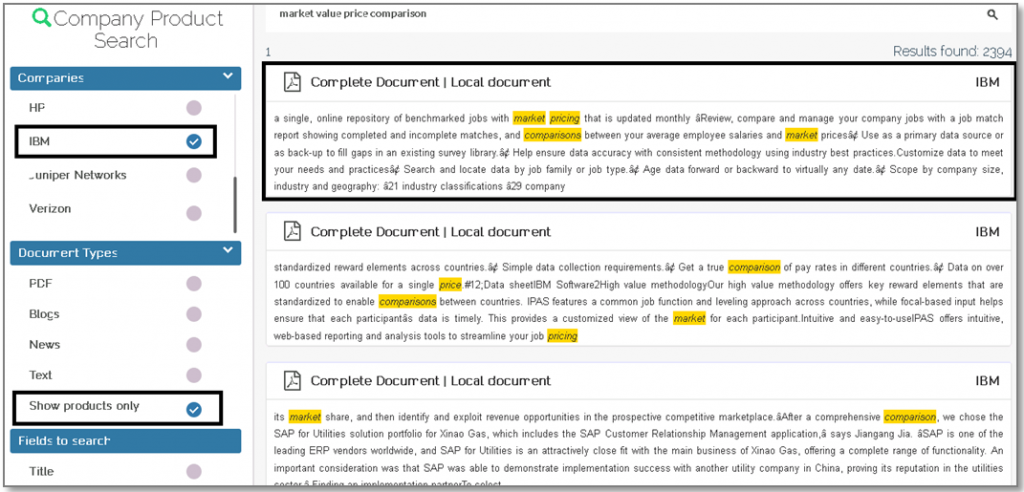
Below you can see GreyFox providing datasheets from one of IBM’s products as its top results. Moreover, this sort of result is highly relevant to a patent analyst identifying infringing products which can help gauge the true value of a patent(s).
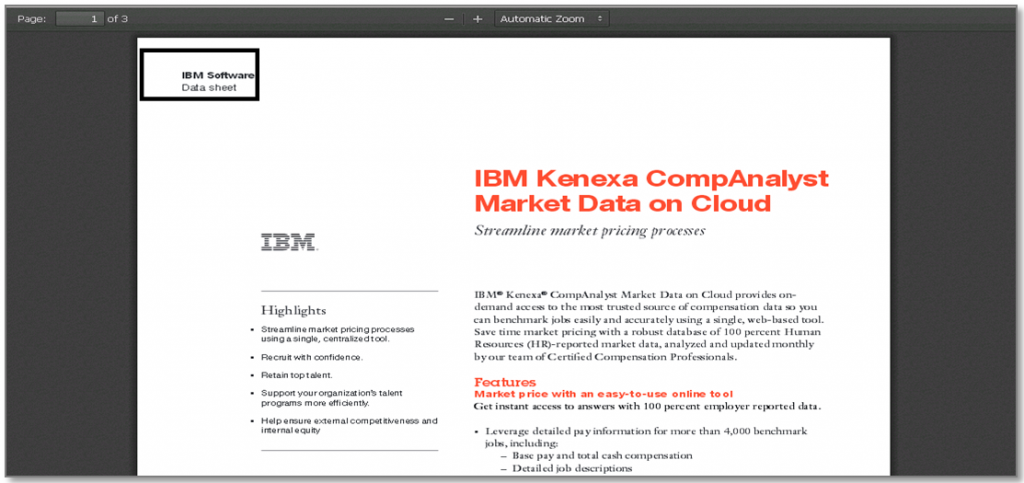
Therefore, if you are planning to abandon a patent portfolio this year, first run that through a patent analyst who has the right set of tools. There are fair chances that you would be able to sell/ license undervalued patents from your patent portfolio.
Authored By – Anoop Chauhan & Muzammil Hassan, Patent Monetization
Related Strategy for Monetization: 3 Step Approach to Identify Infringement in a Circuit-Based Patent






